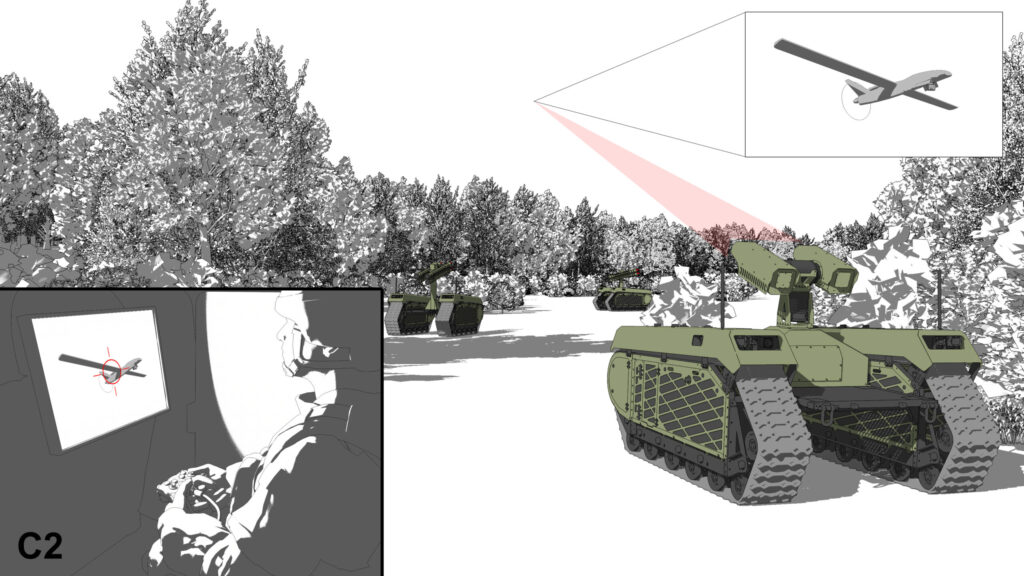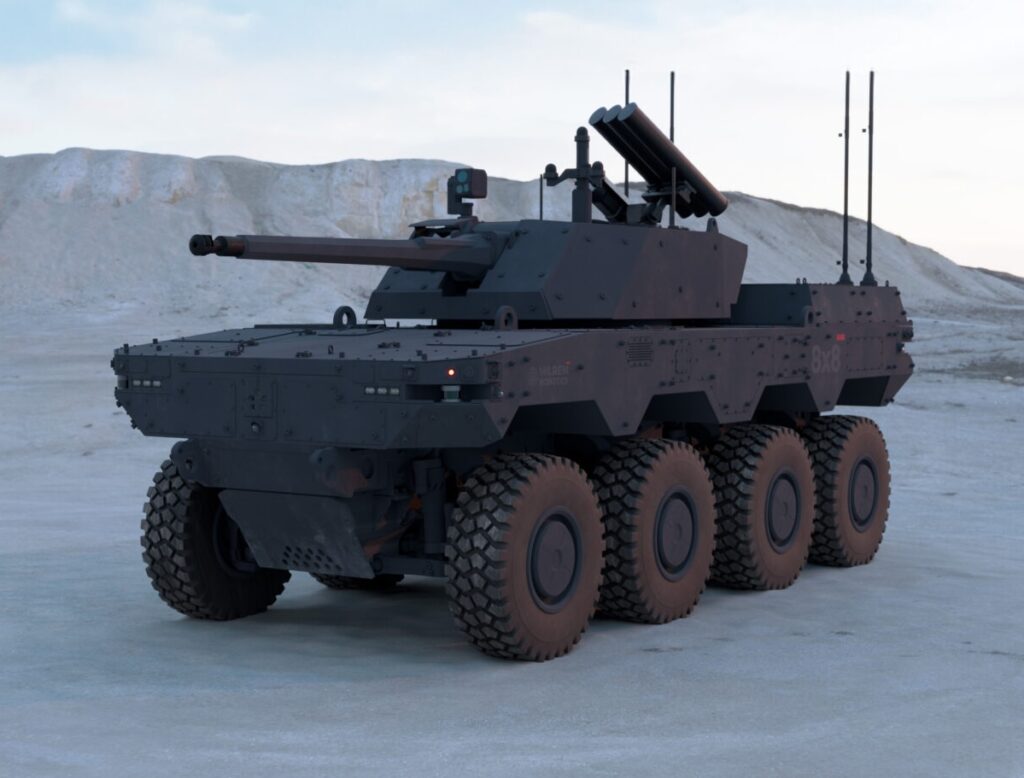Europe has launched its largest unmanned ground systems programme to date, Integrated Modular Unmanned Ground Systems 2 (iMUGS2), a €55 million effort led by Estonia to develop interoperable robotic platforms for future defence use.
The project – building on the earlier iMUGS initiative – brings together 29 partners from 15 European Union member states and is funded chiefly through the European Defence Fund. Coordinated by the Estonian company Milrem Robotics, it aims to create a scalable, secure architecture allowing unmanned and manned ground systems to operate together across European forces.
Raul Rikk, Director of Capability Development at Milrem Robotics, said the programme marks “another significant step towards interoperable and scalable robotic forces”, laying the foundations for artificial intelligence-enabled systems capable of supporting infantry on the battlefield.
The programme begins with conceptual and technical development: refining system architectures, testing manned–unmanned teaming, strengthening autonomous functions and securing communications against electronic interference. Integration and lifecycle planning run in parallel to ensure the systems can be adopted quickly and cost-effectively by member states.
Its core aims are to deliver combat-ready unmanned ground systems that support dismounted troops; to define operational concepts showing how ground and aerial robots can enhance battalion-level operations; and to develop modular, open architectures that guarantee interoperability between both existing and future platforms.
Estonia coordinates the interests of participating member states
Estonia’s role is unusually prominent. The Estonian Centre for Defence Investments – which coordinates the interests of participating member states – works alongside domestic companies Cybernetica and Talgen Cybersecurity (part of Nortal), with Milrem Robotics serving as consortium coordinator.
According to Kuno Peek, Head of European Union Defence Projects at the Estonian Centre for Defence Investments, the initiative strengthens Europe’s technological independence “from artificial intelligence-based autonomy to command-and-control solutions”. Estonia’s financial contribution stands at €461,000, making it the third-largest national supporter of the programme.

Activity across the sector is accelerating. Through the European Defence Fund’s 2024 work programme, Estonian companies participate in 15 funded consortia; applications for the 2025 programme show involvement in 49 more, with results expected next year.
Improving Europe’s defence preparedness
The consortium encompasses major defence firms, specialist small and medium-sized enterprises and leading research institutions. This breadth of expertise – spanning engineering, communications, cybersecurity, system integration and lifecycle management – is intended to give Europe a credible path towards standardised robotic capabilities that can be upgraded and deployed at speed.
The iMUGS2 programme is designed to deliver practical, ready-to-procure solutions tailored to national needs, improving Europe’s defence preparedness while bolstering its industrial base. Beyond the technical output, the initiative is expected to support high-value jobs, develop new skills and reduce dependence on non-European technologies at a time of increasing geopolitical uncertainty.
If successful, the programme will shape Europe’s next generation of unmanned ground systems – interoperable platforms capable of operating across diverse terrain within a common European defence framework.

